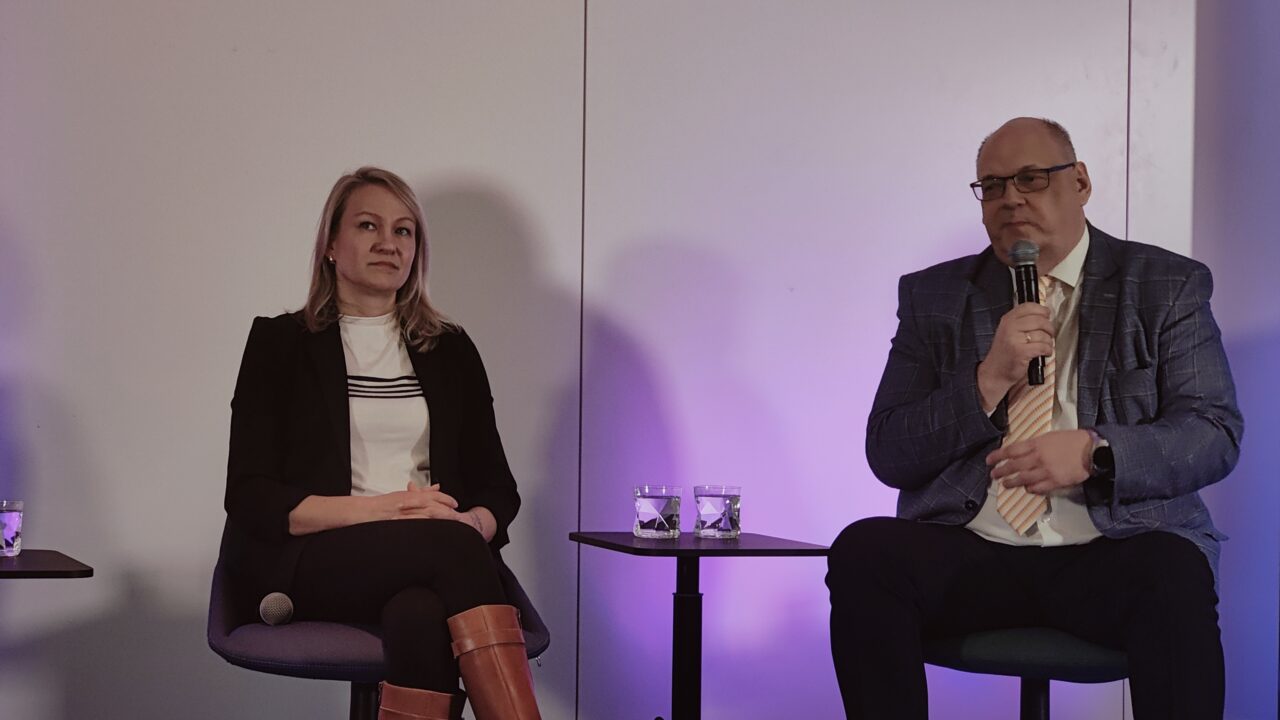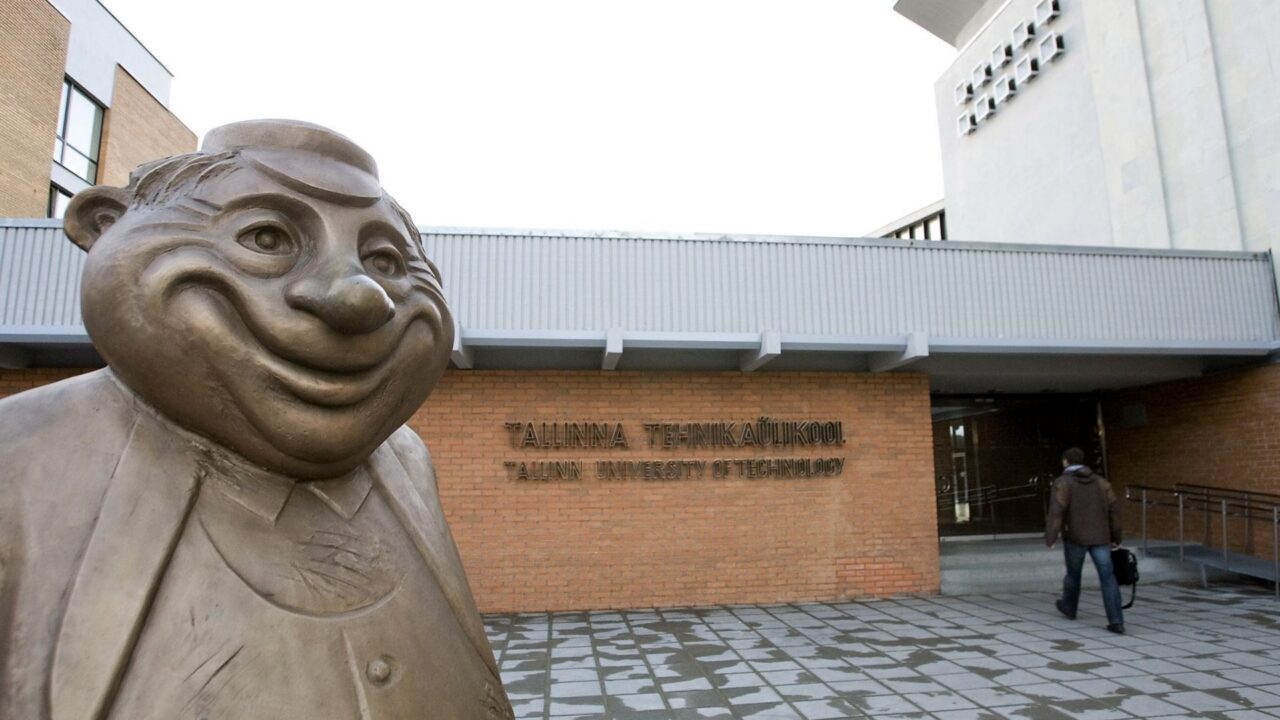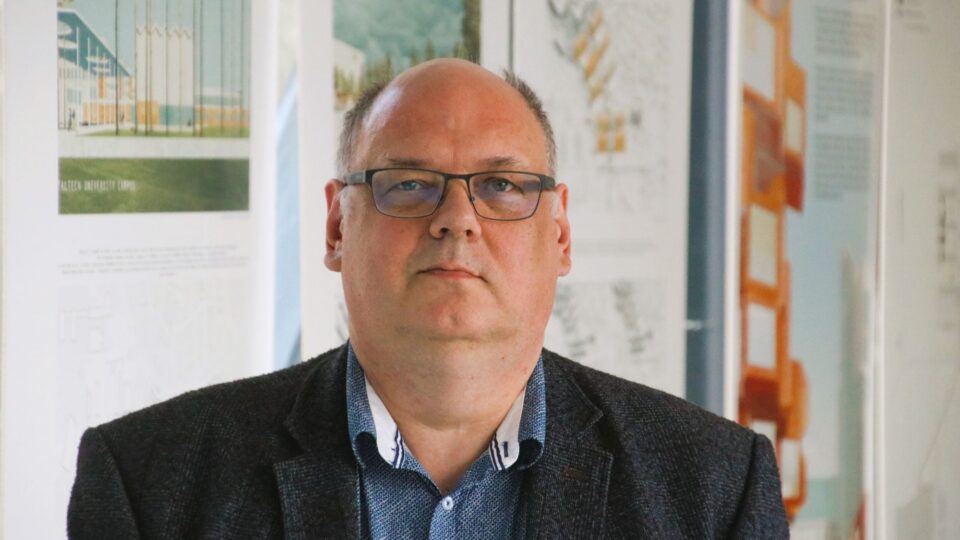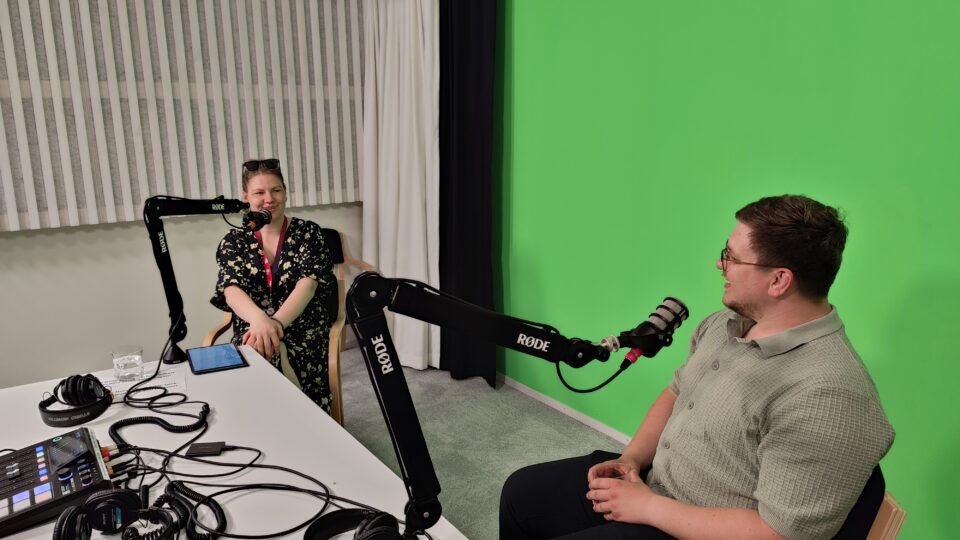The university of technology as a driving force of society
According to TalTech’s vice-rector for entrepreneurship, Erik Puura, the most important aspect in drafting the development strategy has been to define the university’s true role: “If you ask why a university truly exists, I feel it most clearly every June, when I get to hand out diplomas to hundreds of young people. In that moment – when you see each of them shining and ready to step into the world – the essence of the university becomes evident.”
Puura says TalTech has made a significant leap in the past five years, but the next step must be to increase the impact of knowledge on society. “We need to create the best possible learning experience for students – one where they can already participate in real projects during their studies, as has been the case with the solar car, student formula, and student satellite.”
According to Puura, TalTech’s real economic impact is largely manifested through its alumni, but it is just as important to connect science and entrepreneurship. The university can produce top-level graduates only if their quality stems from researchers who teach at the university, and if the researchers’ work is closely tied to applied research and spin-off entrepreneurship, so that science finds its way into the economy and brings tangible benefits to society.
The ambition must be big
According to Sigrid Rajalo, head of the innovation and technology department at the Ministry of Economic Affairs and Communications, TalTech’s development plan should be ambitious and forward-looking – even if not all goals can be achieved immediately: “I know the state is often criticized for setting overly ambitious targets that resources can’t keep up with, but to borrow from teacher Laur – it’s already a great success if even half of the ambition becomes reality.”
In her view, TalTech should aim to become a world-class birthplace of technologies – a place where students come not just to study, but to experiment and create for real. To realize such a vision, a strong scientific backbone is needed. “Frontline technologies don’t emerge without top-level science. Be it the green transition, defense technologies, or crisis prevention – TalTech has the opportunity to leave its mark.”
Rajalo believes Estonia’s innovation system should be shaped in a way that research results reach practice faster. There should be greater reliance on smart funding solutions and investments that help companies grow and give researchers the confidence that valuable ideas will be seen through to the end.
“If you ask why a university truly exists, I feel it most clearly every June, when I get to hand out diplomas to hundreds of young people. In that moment – when you see each of them shining and ready to step into the world – the essence of the university becomes evident.”

The participants in the discussion “2035 – Estonia’s Growth Platform of the Future?” were (from right): moderator Silver Tambur, vice-rector for entrepreneurship Erik Puura, head of innovation and technology at the Ministry of Economic Affairs and Communications Sigrid Rajalo, CEO Agnes Roos, and council member and Helmes Group CFO Madis Margus. Photo: Eveliis Vaaks
“If by 2035 TalTech were to generate 200–300 spin-offs annually, it would mean that our research has produced solutions that bring real economic value.”

According to Erik Puura, the university’s real economic impact is largely reflected through its alumni, but equally important is the connection between science and business. Photo: Eveliis Vaaks
A new grand mission
At the end of the panel, moderator Silver Tambur raised the question: if Estonia had one shared technological goal that united TalTech, entrepreneurs, and the state, what could it be? Rajalo noted that trying to achieve everything at once usually doesn’t lead to success: “We don’t have to be just as good as others in everything, but we must find our own niches – whether in chip design or something else. Innovation is impossible without risk, and without taking risks, nothing new emerges.”
According to Margus, a major objective could be the creation of an engineering endowment – an initiative that would foster the next generation of engineers and unite the university, businesses, and society behind a shared goal. He believes such an effort can only succeed through collaboration between entrepreneurs, the state, and private investors.
Puura acknowledged that TalTech must stay true to its original identity – a university of technology that fulfills the purpose it was founded for. “The mission of the Technical University of Denmark has remained unchanged since 1829 – they do their thing and do it well.” He pointed out that many of Europe’s strongest technical universities, including Eindhoven and Munich, have grown through close cooperation with major companies that invest in bridging science and business: “In Estonia, what we lack is a flagship company willing to take the lead in supporting a university and contributing systematically to its ecosystem.” The next major goal, he suggested, could be finding a partner of that caliber.
Roos emphasized that society’s attitude toward failure also needs to change. In her view, it’s natural that not every scientific experiment leads to the desired outcome – it’s precisely through trial and error that science progresses. According to Roos, this trial-and-error approach should also apply in entrepreneurship: if a science-based idea doesn’t work in one business model, it might still succeed in another.
“We don’t have to be just as good as others in everything, but we must find our own niches – whether in chip design or something else. Innovation is impossible without risk, and without taking risks, nothing new emerges.”




